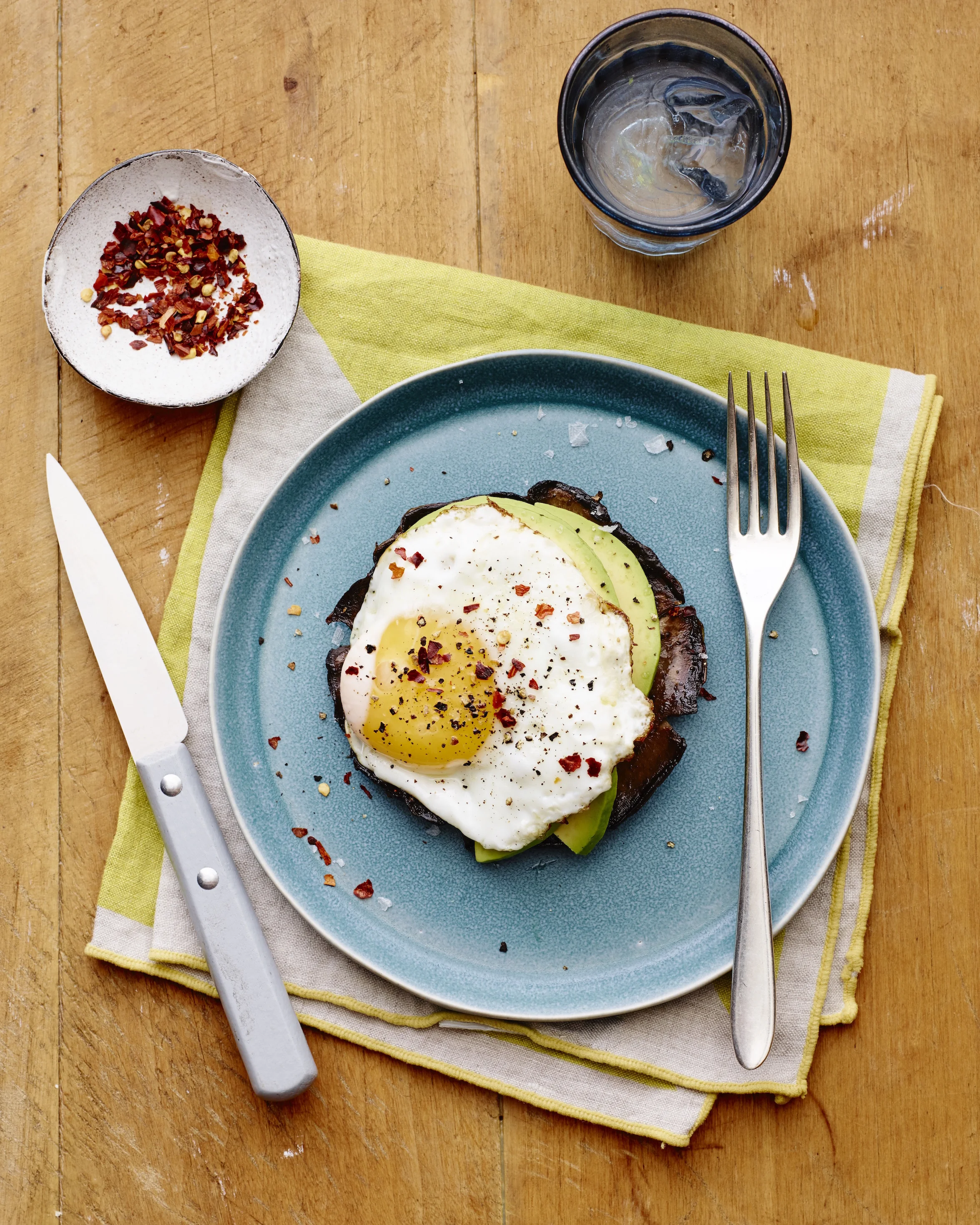
When I feel stressed I want potatoes.
Any kind.
Baked, boiled, fried, mashed, cakes, salad, pierogi, kugel, soup.
This election is giving me stress.
I know a lot of people who are freaking out. So it's not just me.
But I definitely need some sort of potato to calm me down.
So tonight, when I have people over for my first debate watch gathering, I am serving homemade potato chips. These:
Rosemary and Sea Salt Potato Chips
- 3 medium russet type potatoes, peeled and sliced 1/8-inch thick
- 3 tablespoons olive oil
- 2 teaspoons chopped rosemary (or use dried, crushed rosemary)
- sea salt, preferably coarse, freshly ground salt
Preheat the oven to 425 degrees. Line a baking sheet with parchment paper. Wipe the potato slices dry. Pour the olive oil into a bowl. Add the potato slices and toss them to coat on all sides. Place the potato slices in a single layer on the baking sheet. Sprinkle with rosemary and sea salt. Bake for 15-18 minutes, turning the slices once.
Makes 4 servings
Lorem ipsum dolor sit amet, consectetur adipiscing elit. Vestibulum id ligula porta felis euismod semper.
Quisque iaculis facilisis lacinia. Mauris euismod pellentesque tellus sit amet mollis.
Sed purus sem, scelerisque ac rhoncus eget, porttitor nec odio. Lorem ipsum dolor sit amet.
Vivamus pellentesque vitae neque at vestibulum. Donec efficitur mollis dui vel pharetra.
Praesent id libero id metus varius consectetur ac eget diam. Nulla felis nunc, consequat laoreet lacus id.
Donec id justo non metus auctor commodo ut quis enim. Mauris fringilla dolor vel condimentum imperdiet.
Commodo cursus magna, vel scelerisque nisl consectetur et. Donec id elit non mi porta gravida at eget metus.
Lorem ipsum dolor sit amet, consectetur adipiscing elit. Vestibulum id ligula porta felis euismod semper.
Quisque iaculis facilisis lacinia. Mauris euismod pellentesque tellus sit amet mollis.





















Commodo cursus magna, vel scelerisque nisl consectetur et. Donec id elit non mi porta gravida at eget metus.